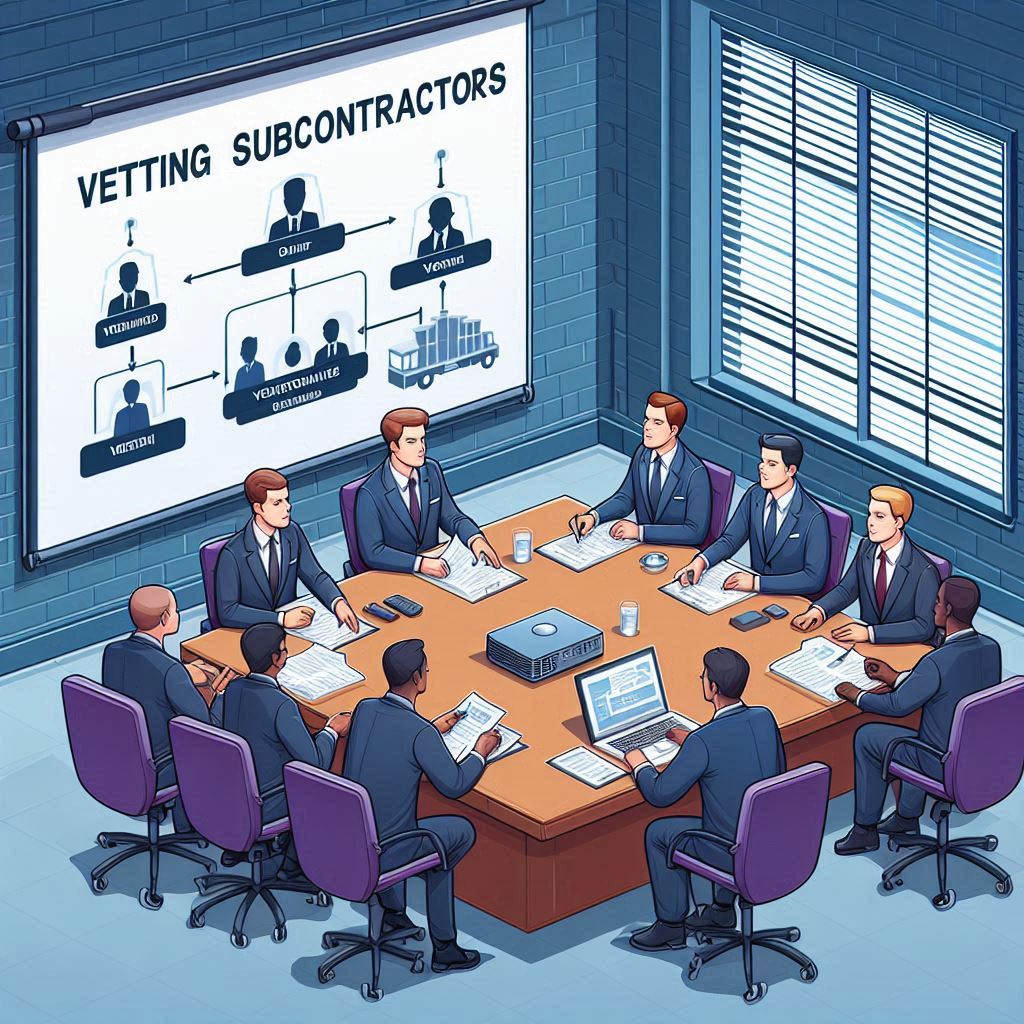Essential Tools and Techniques for Vetting Subcontractors

Vetting subcontractors effectively requires more than just checking their qualifications and experience. In today’s digital age, a range of tools and techniques can streamline the process and provide a comprehensive view of potential candidates. This article will explore the key tools and strategies for thoroughly vetting subcontractors.
Tools for Vetting Subcontractors
- Online Databases and Directories:
- Construction-specific platforms: Websites like The Blue Book, Procore, and BuildZoom specialize in providing access to subcontractors with detailed ratings, reviews, and previous work.
- General business directories: Platforms like LinkedIn, Yelp, or Google My Business can provide insight into a subcontractor's reputation and work history.
- Contractor Prequalification Software:
- Tools like ISNetworld, Procore, and SmartBid allow companies to prequalify subcontractors based on specific criteria such as safety ratings, past project completion, and financial stability. These platforms can automate much of the vetting process and ensure consistent standards across all subcontractors.
- Background Check Services:
- Using services like HireRight, Checkr, or Sterling can help you conduct detailed background checks on subcontractors, covering criminal records, financial histories, and prior legal issues. This is especially important in industries where safety or trust is paramount.
- Insurance Verification Tools:
- Tools such as Certificate of Insurance (COI) tracking systems allow companies to automatically verify that a subcontractor has the required insurance coverage. This can help prevent future disputes and ensure you are protected from liability.
Techniques for Effective Vetting
- Detailed Interviews:
- A structured interview process is essential. Ask targeted questions about their previous projects, how they handle challenges, and the tools or technologies they use. This not only helps assess technical skills but also gauges problem-solving abilities and communication style.
- Key questions to ask:
- What is your typical timeline for completing projects of this scale?
- Can you provide examples of how you’ve handled unexpected challenges?
- How do you ensure your team’s safety and compliance on site?
- On-Site Evaluation:
- If feasible, visit the subcontractor’s current or previous work sites to assess their operations. Observing their team in action will provide insights into their work quality, safety practices, and overall professionalism.
- Look for:
- Cleanliness and organization of the worksite.
- Adherence to safety protocols.
- Equipment and tools condition.
- Assessing Subcontractor’s Financial Health:
- A solid financial review is crucial, especially for large-scale projects. Look into the subcontractor’s credit score, financial statements, and past billing or payment issues. Tools like Experian Business Credit Reports or Dun & Bradstreet can offer in-depth insights into a subcontractor’s financial standing.
- Requesting Samples or Demonstrations:
- For specialized work, ask for examples or demonstrations of past work. This could include portfolios, case studies, or even a sample of the product or service they will provide for your project.
- Third-Party Vetting Services:
- Consider hiring third-party agencies that specialize in subcontractor background checks. These services typically offer comprehensive reports that cover not only the subcontractor's legal and financial background but also their reputation within the industry.
Common Mistakes to Avoid When Vetting Subcontractors
- Relying on One Source of Information:
- Avoid making decisions based solely on one reference, review, or interview. A comprehensive vetting process combines multiple sources of information to paint a clearer picture.
- Ignoring Safety Records:
- Safety is paramount in many industries. Always review the subcontractor’s safety history and ensure they have the right certifications and practices in place to avoid accidents.
- Skipping the Contract Review:
- Ensure the subcontractor’s contract is thorough and protects your interests. Don’t overlook terms related to payment schedules, penalties, and project timelines. Legal professionals should review the contract for clarity and fairness.
Conclusion
Utilizing the right tools and techniques can significantly enhance the subcontractor vetting process. With the correct platforms, background check tools, and evaluation strategies, businesses can not only mitigate risks but also form strong, reliable partnerships. A rigorous vetting process ensures you choose a subcontractor who meets both your technical and ethical standards, ultimately leading to smoother project execution and successful outcomes.



